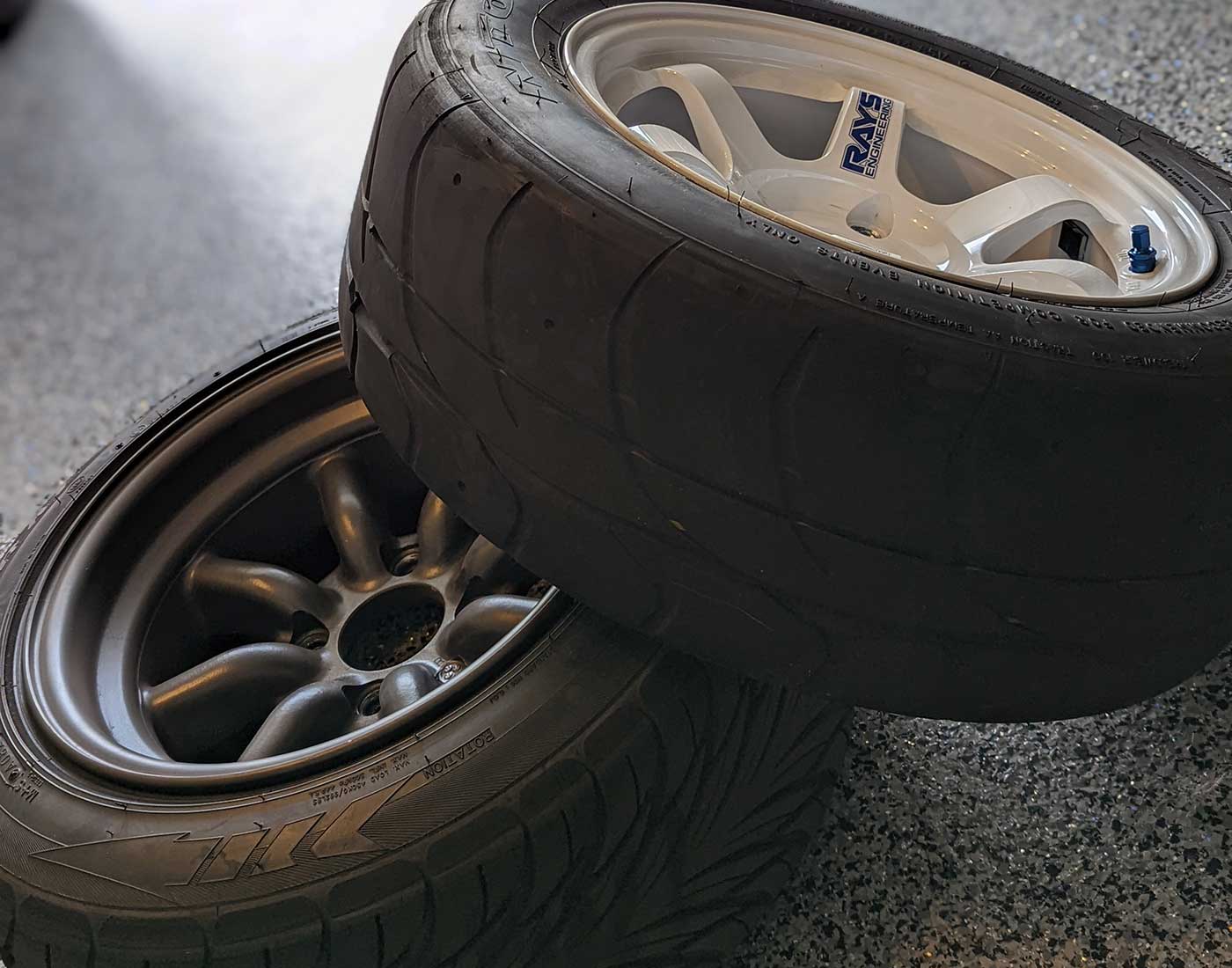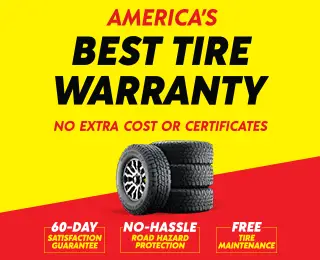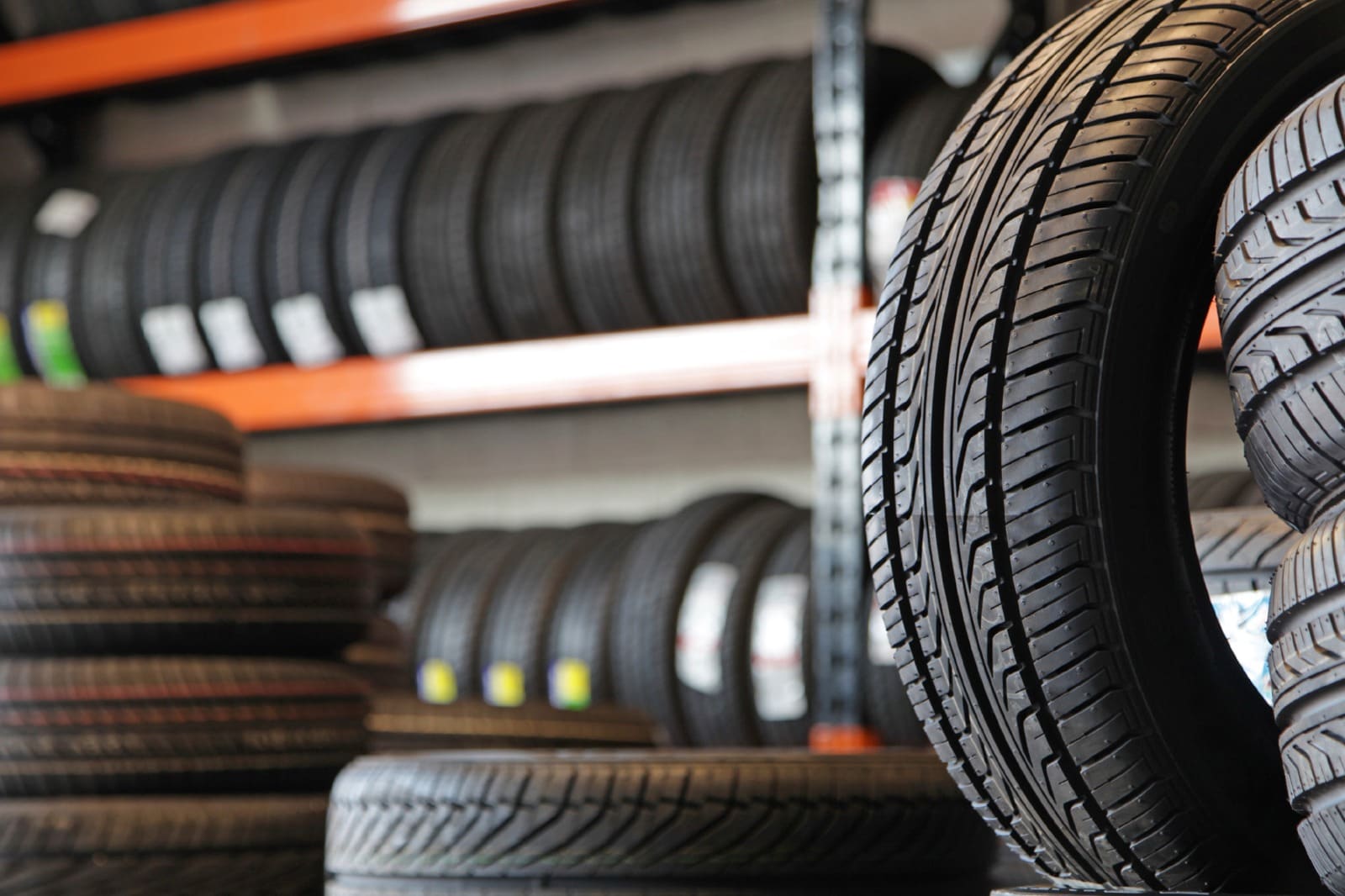All Categories
Featured
Table of Contents
I was able to obtain 100 hours out of among these tires, and while it had definitely no tire lugs left on it, the soft compound made it work really wellas long as I was making use of a soft mousse. Kitt Stringer picture Easy mounting - 3Wear - 3Sidewall strength - 3Performance on roots - 4Performance on damp rocks - 2Traction on dirt - 5Cornering capability - 4Traction while stopping - 4Self-clearing of dust and mud - 3Performance in mud - 3Overall predictability or tracking - 3 _ 37 Conclusion: This is an excellent all-around tire with great value for money.

The wear corresponded and I like for how long it lasted and exactly how constant the feeling was during usage. This would certainly also be a great tire for faster races as the lug dimension and spacing little bit in well on rapid terrain. Kitt Stringer picture Easy installing - 3Wear - 3Sidewall toughness - 3Performance on origins - 4Performance on damp rocks - 4Traction on dirt - 4Cornering capability - 4Traction while stopping - 5Self-clearing of dust and mud - 4Performance in mud - 4Overall predictability or tracking - 4_42 Conclusion: I liked this tire a lot.
If I needed to get a tire for difficult enduro, this would be in my leading choice. Easy mounting - 3Wear - 3Sidewall toughness - 3Performance on roots - 4Performance on damp rocks - 3Traction on dust - 4Cornering capacity - 3Traction while stopping - 3Self-clearing of dirt and mud - 4Performance in mud - 4Overall predictability or tracking - 3 _ 34 Conclusion: This tire was extremely soft and flexible.
All the gummy tires I tested performed relatively close for the initial 10 hours or so, with the victors mosting likely to the softer tires that had better grip on rocks (Tyre rotation services). Getting a gummy tire will absolutely provide you a strong advantage over a normal soft compound tire, however you do pay for that advantage with quicker wear
Affordable Tyre Upgrades Near Me
Finest value for the motorcyclist that wants respectable efficiency while obtaining a reasonable amount of life. Finest hook-up in the dirt. This is an optimal tire for spring and fall conditions where the dust is soft with some moisture still in it. These tried and tested race tires are great throughout, yet use swiftly.
My overall champion for a tough enduro tire. If I needed to spend cash on a tire for day-to-day training and riding, I would certainly pick this.
Top Tyre Care
I've been running a collection of Michelin Power Pilot 2CT's on my track Daytona 675 for the past year. In that time I have done 15 track days in all weather conditions from cool damp to extremely warm and these tires have never ever missed out on a beat. Tyre packages. I have actually done nearly 2,000 miles (3,200 kilometres) on them and as you can see from this shot of the front taken after very first session of my 15th track day on them, they still have fairly a whole lot of rubber left on them
In other words the 2CT is a remarkable track day tyre. If you're the kind of motorcyclist that is likely to encounter both damp and dry problems and is starting on track days as I was in 2015, after that I believe you'll be tough pressed to find a far better value for cash and competent tyre than the 2CT; a pair of which will certainly set you back around 185 (US$ 300) in the UK.
Developing a better all rounded road/track tire than the 2CT have to have been a tough task for Michelin. The result of that initiative is the Michelin Pilot Power 3 which basically replaces the Pure. Do not perplex this new tire with the roadway going Pilot Roadway 3 which is not created for track use (although some riders do).
They influence big confidence and provide remarkable grasp degrees in either the wet or the completely dry. When the Pilot Power 3 introduced, Michelin recommended it as a 50:50% road: track tire. That message has lately changed due to the fact that the tyres are now advised as 85:15% roadway: track usage instead. All the motorcyclist reports that I have actually checked out for the tire rate it as a much better tire than the 2CT in all areas however especially in the wet.
Tyre Upgrades
Technically there are rather a few distinctions in between both tyres also though both use a twin substance. Visually you can see that the 2CT has fewer grooves reduced right into the tyre but that the grooves go to the edge of the tyre. The Pilot Power 3 has even more grooves for much better water dispersal but these grooves don't reach the shoulder of the tyre.
One aspect of the Pilot Power 3 which is different to the 2CT is the new 2CT+ technology which prolongs the harder middle section under the softer shoulders (on the back tyre). This must give much more stability and minimize any kind of "wriggle" when increasing out of corners in spite of the lighter weight and more flexible nature of this new tyre.

Although I was slightly dubious concerning these lower pressures, it turned out that they were fine and the tyres executed actually well on the right track, and the rubber looked better for it at the end of the day. Equally as a factor of recommendation, various other (rapid group) cyclists running Metzeler Racetecs were making use of tyre pressures around 22-24 psi for the back and 24-27 psi on the front.
Creating a much better all rounded road/track tyre than the 2CT have to have been a difficult task for Michelin. The result of that initiative is the Michelin Pilot Power 3 which essentially changes the Pure. Don't confuse this new tyre with the road going Pilot Roadway 3 which is not developed for track usage (although some motorcyclists do).
Best Tyre Maintenance Near Me (Marangaroo)
They influence huge self-confidence and offer fantastic grip levels in either the wet or the completely dry. When the Pilot Power 3 launched, Michelin recommended it as a 50:50% road: track tire. That message has actually just recently altered since the tires are currently suggested as 85:15% roadway: track usage rather. All the cyclist reports that I've checked out for the tyre rate it as a much better tire than the 2CT in all locations yet particularly in the wet.

Technically there are many distinctions in between the 2 tyres even though both utilize a double compound. Visually you can see that the 2CT has less grooves cut into the tire however that the grooves run to the edge of the tyre. The Pilot Power 3 has more grooves for much better water dispersal however these grooves don't reach the shoulder of the tire.
One element of the Pilot Power 3 which is different to the 2CT is the new 2CT+ technology which extends the harder middle section under the softer shoulders (on the back tyre). This need to offer much more security and decrease any "squirm" when increasing out of edges in spite of the lighter weight and more adaptable nature of this brand-new tyre.
Although I was slightly uncertain regarding these lower pressures, it ended up that they were fine and the tires executed truly well on course, and the rubber looked far better for it at the end of the day. Simply as a factor of referral, other (rapid team) motorcyclists running Metzeler Racetecs were utilizing tire stress around 22-24 psi for the rear and 24-27 psi on the front
Latest Posts
Best Tyre Shop Services
Car Tyres Near Me – Swan 6066 WA
Affordable Tyre Repair ( Stirling 6059 WA)